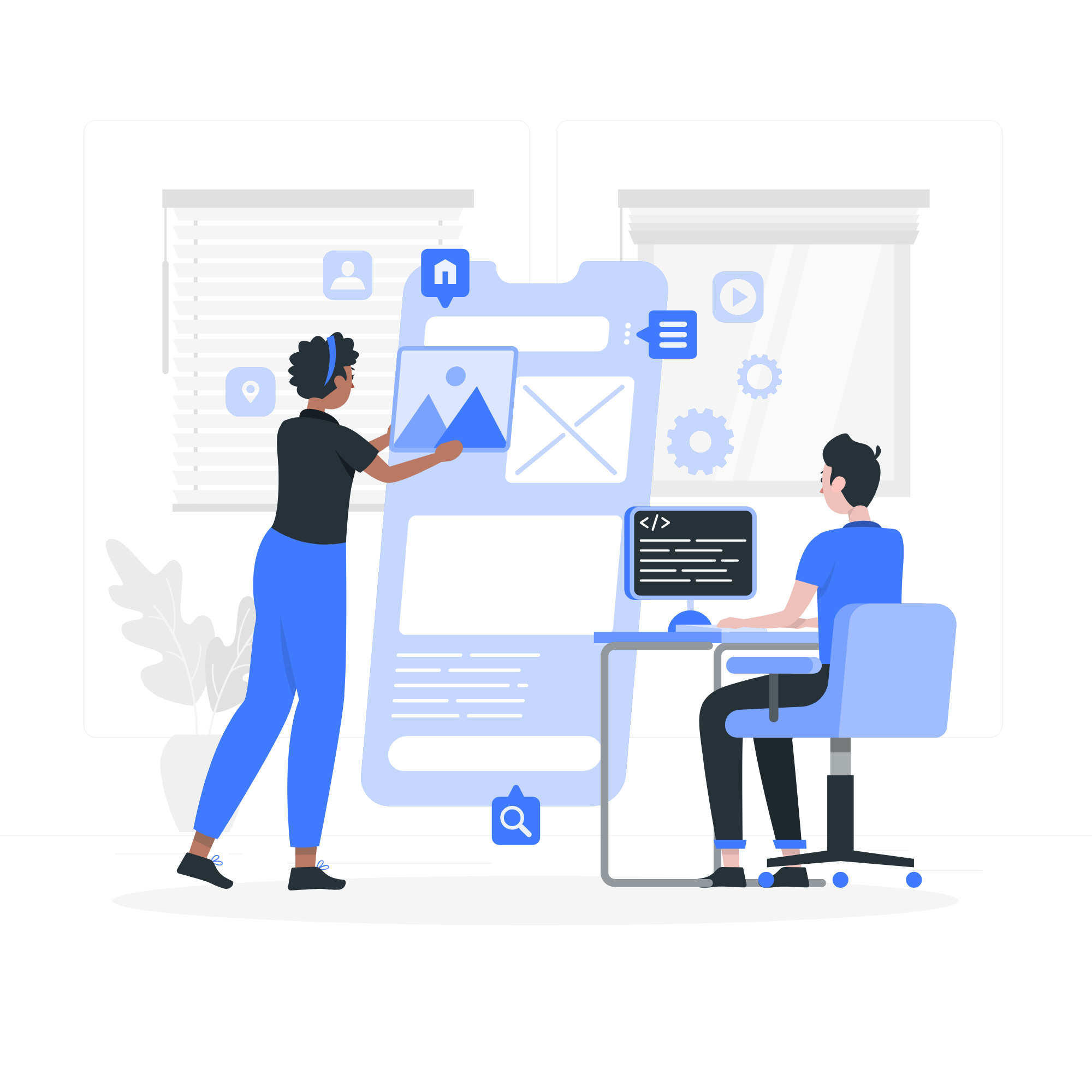
Talent Beyond Borders
Introduce the concept of "Talent Beyond Borders" as a strategic approach for businesses to access and leverage talent from around the world in today's interconnected and digital economy. Highlight the importance of globalization, remote work, and digital collaboration in expanding the talent pool and driving innovation and growth.

Scale with Agility
Introduce the concept of scaling with agility as a strategic approach for businesses to achieve growth and adaptability in a rapidly changing environment. Highlight the importance of balancing scalability and agility to respond effectively to market demands, customer needs, and competitive pressures.
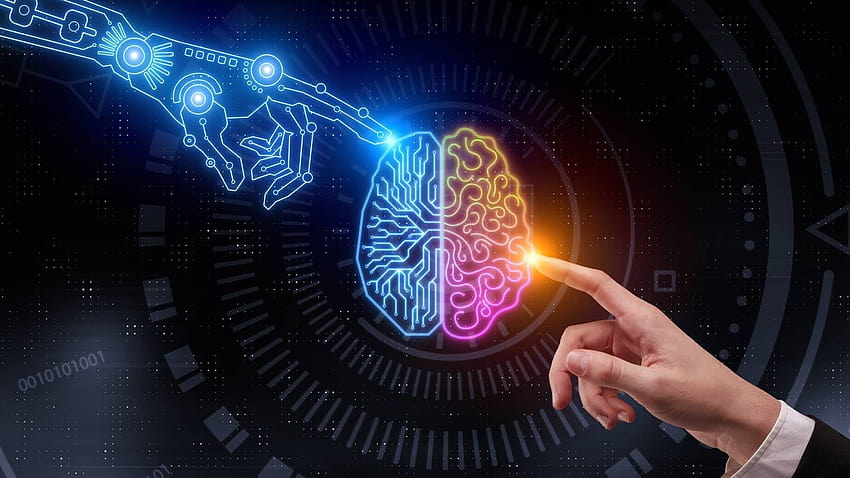
AI-Automation First
AI-Automation First" represents a paradigm shift in how businesses approach their operations and processes, placing artificial intelligence (AI) and automation technologies at the forefront of innovation and efficiency.
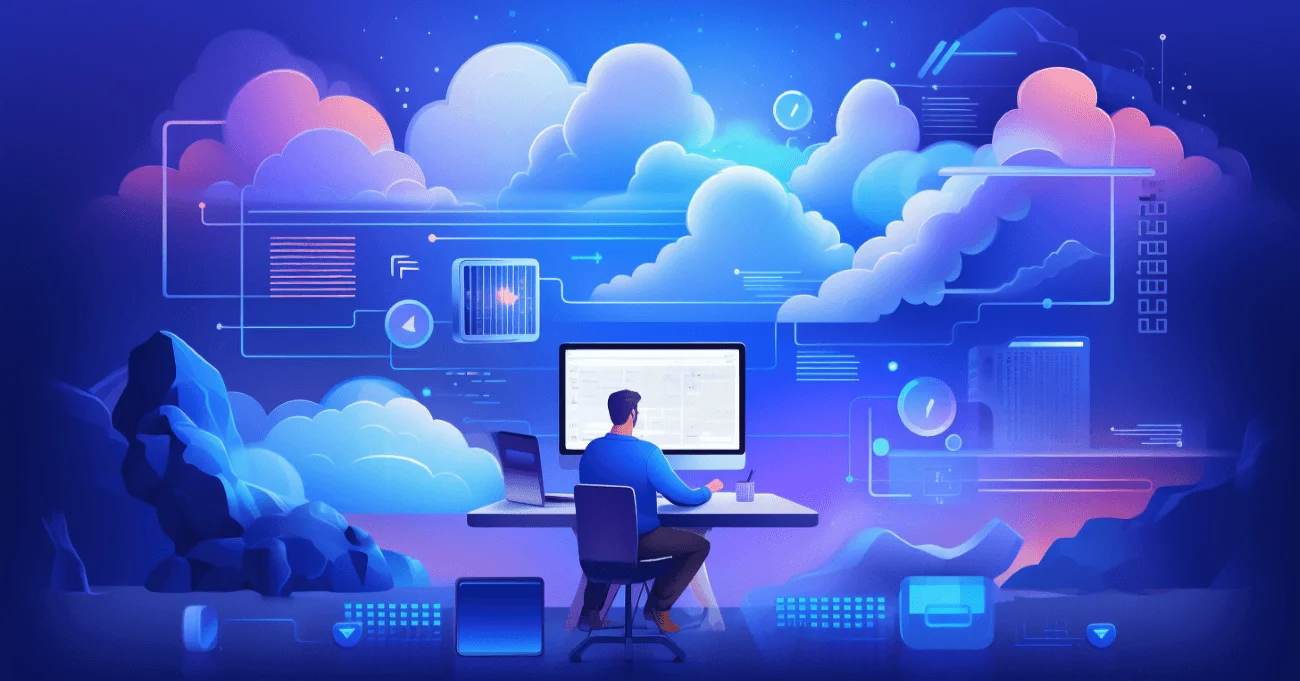
Performance Engineering
Introduce the concept of performance engineering as a critical aspect of software development. Highlight the importance of optimizing performance to ensure that software applications meet user expectations for speed, responsiveness, and scalability.
Our Courses
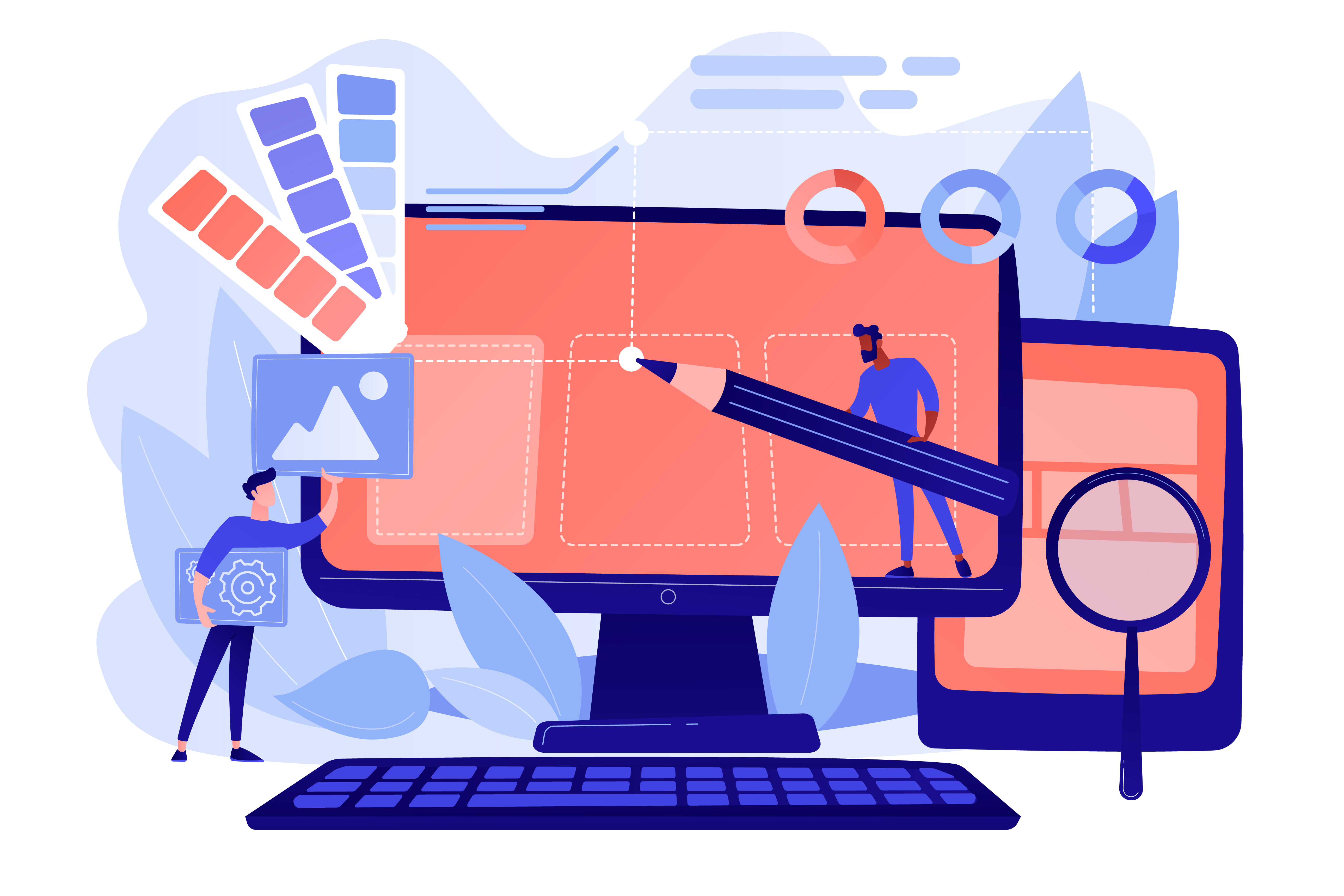
Responsive Web Design
Responsive web design is an approach to web design aimed at creating sites that provide an optimal viewing experience across a wide range of devices, from desktop computers to mobile phones. The goal is to ensure that users have a seamless experience regardless of the device they are using to access the website. Key principles of responsive web design include: Fluid Grids: Instead of fixed-width layouts, responsive designs use fluid grids that adapt to the screen size of the device. This allows content to reflow and resize dynamically. Flexible Images and Media: Images and media elements, such as videos, should also be flexible and adapt to different screen sizes without losing quality or breaking the layout. Media Queries: Media queries are CSS techniques used to apply different styles based on the characteristics of the device, such as screen size, resolution, and orientation. This allows for targeted styling adjustments for various devices. Breakpoints: Breakpoints are specific points in the design where the layout changes to better accommodate different screen sizes. Designers typically define breakpoints based on common device widths, such as smartphones, tablets, and desktops. Content Prioritization: With limited screen space on mobile devices, it's essential to prioritize content. Responsive design often involves reorganizing or hiding certain elements on smaller screens to ensure that the most important content is easily accessible By implementing responsive design techniques, websites can provide a consistent and user-friendly experience across all devices, leading to improved usability, accessibility, and overall user satisfaction.
Web Development
Web development encompasses the tasks involved in building and maintaining websites and web applications. It includes a wide range of disciplines, such as web design, front-end development, back-end development, and web server configuration. Here's an overview of each: Web Design: This involves creating the visual and interactive elements of a website or web application. Web designers use tools like graphic design software and prototyping tools to design layouts, user interfaces, and user experiences (UI/UX). Front-End Development: Front-end developers are responsible for implementing the design and building the client-side of a website or web application. They use languages like HTML, CSS, and JavaScript to create the structure, style, and interactivity of web pages that users see and interact with in their web browsers. Back-End Development: Back-end developers focus on building the server-side of a website or web application. They work with server-side languages like .Net, Java, Python, Ruby, PHP, or Node.js to develop the logic and functionality that powers the website behind the scenes. This includes handling data storage, user authentication, and server-side processing. Full-Stack Development: Full-stack developers are proficient in both front-end and back-end development. They have the skills to work on all aspects of web development, from designing user interfaces to building server-side functionality. Full-stack developers are often involved in every stage of the development process, from planning and design to implementation and deployment. Web Server Configuration: Web server configuration involves setting up and maintaining the server infrastructure that hosts a website or web application. This includes configuring web servers like Apache or Nginx, managing domain names and DNS settings, and ensuring security measures are in place to protect against cyber threats. Database Management: Many web applications rely on databases to store and retrieve data. Web developers often work with database management systems like SQL Server, MySQL, PostgreSQL, or MongoDB to design and manage databases, create database schemas, and write queries to interact with data. Web development is a dynamic and constantly evolving field, with new technologies and best practices emerging regularly. Successful web developers continuously learn and adapt to stay current with the latest trends and technologies in the industry.
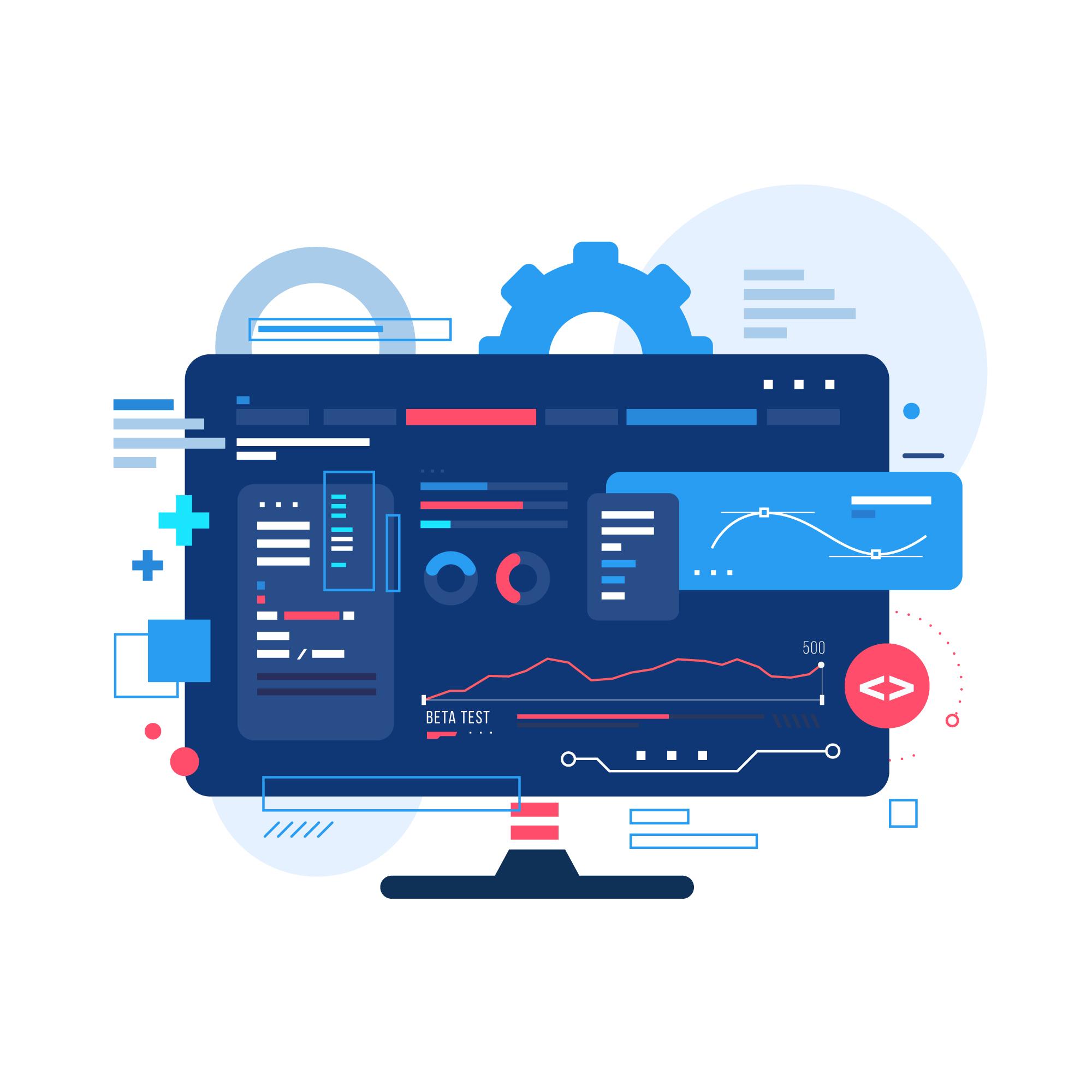
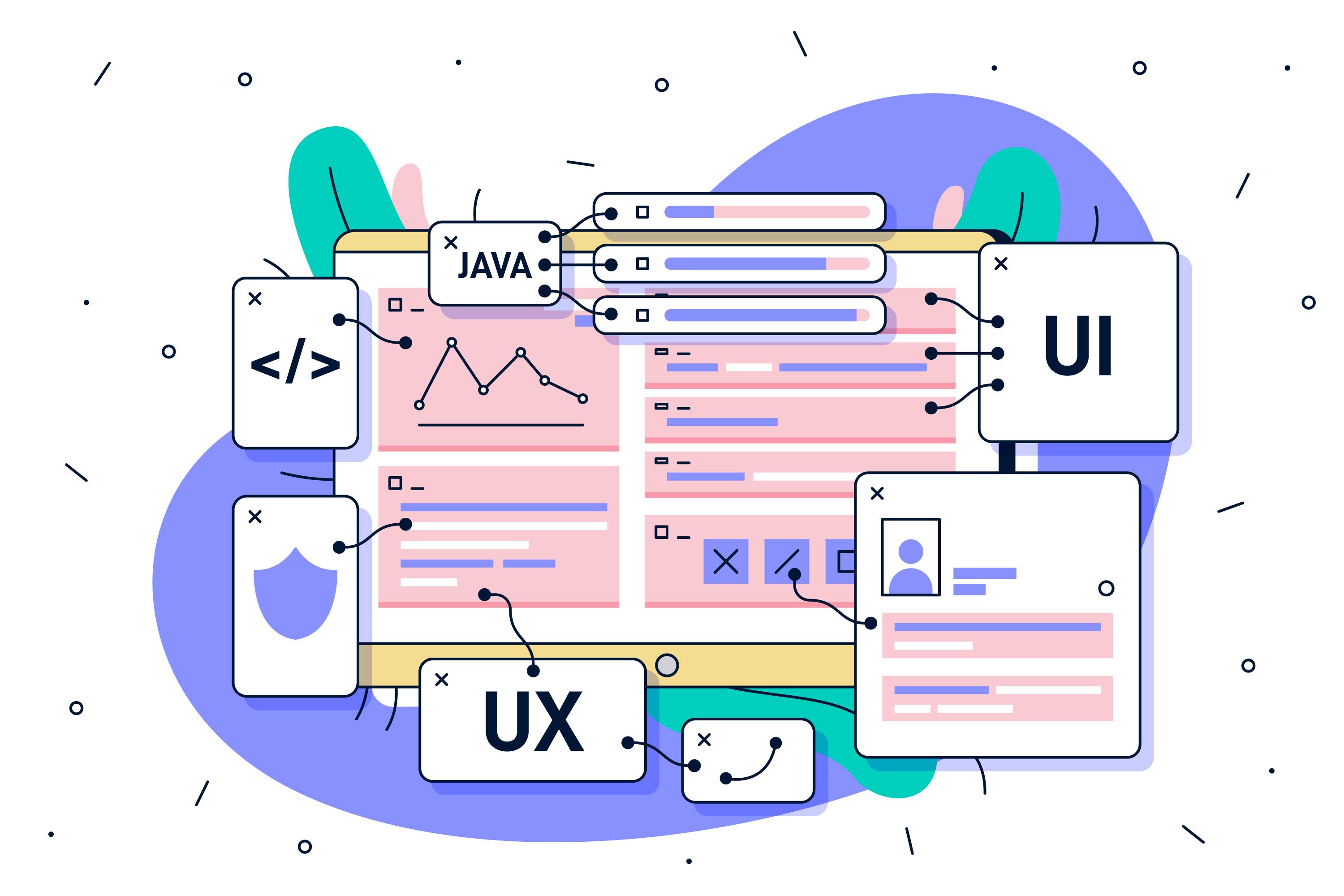
UI UX Design
UI (User Interface) and UX (User Experience) design are two closely related disciplines that focus on creating intuitive, visually appealing, and user-friendly digital experiences. While they are related, they involve different aspects of the design process: UI Design (User Interface Design): UI design focuses on the visual elements of a digital product, such as layout, typography, color schemes, and interactive elements. UI designers aim to create interfaces that are aesthetically pleasing, consistent, and easy to navigate. Tools commonly used in UI design include graphic design software like Adobe Photoshop, Sketch, or Adobe XD. UX Design (User Experience Design): UX design focuses on the overall experience of users as they interact with a digital product. It encompasses the entire user journey, from the initial interaction to task completion. UX designers conduct research to understand user needs, behaviors, and pain points, and they use this information to inform design decisions. UX designers create wireframes, prototypes, and user flows to design and test the usability and accessibility of a product. The goal of UX design is to ensure that the product is intuitive, efficient, and enjoyable to use. Tools commonly used in UX design include wireframing and prototyping tools like Axure RP, Balsamiq, or Figma, as well as user testing platforms. While UI and UX design are distinct disciplines, they are closely intertwined, and successful digital products require both good UI and UX design. A visually appealing interface may not be effective if it doesn't meet user needs, and a well-designed user experience may be hindered by a poorly executed interface. Therefore, collaboration between UI and UX designers is essential to create cohesive and user-centric digital experiences.
App Development
App development refers to the process of creating software applications that run on mobile devices, such as smartphones and tablets, as well as other platforms like desktop computers and web browsers. App development typically involves several stages, including planning, design, development, testing, deployment, and maintenance. Here's an overview of each stage: Planning: The planning stage involves defining the objectives and requirements of the app, identifying the target audience, and conducting market research to understand user needs and preferences. During this stage, developers outline the features and functionality of the app and create a project plan and timeline. Design: In the design stage, UI and UX designers work together to create wireframes, mockups, and prototypes of the app. This includes designing the visual layout, user interface elements, and overall user experience to ensure that the app is intuitive, visually appealing, and easy to use. Development: The development stage involves writing the code and building the app according to the design specifications. Developers use programming languages and frameworks appropriate for the target platform, such as Java or Kotlin for Android apps, Swift or Objective-C for iOS apps, or HTML, CSS, and JavaScript for web apps. They also integrate any necessary APIs, databases, and third-party libraries. Testing: During the testing stage, developers conduct various types of testing to identify and fix bugs, errors, and usability issues. This includes functional testing to ensure that all features work as intended, performance testing to optimize speed and responsiveness, and compatibility testing to ensure that the app works across different devices and screen sizes. Deployment: Once the app has been thoroughly tested and approved, it is ready for deployment to the app stores or distribution platforms. Developers prepare the app for release, including creating app store listings, generating app store assets, and configuring distribution settings. They may also implement analytics tools to track user engagement and app performance. Maintenance: After the app is released, developers continue to monitor and maintain it to ensure that it remains functional, secure, and up-to-date. This includes fixing any issues that arise, releasing updates and new features, and responding to user feedback and support requests. App development is a complex and iterative process that requires collaboration between designers, developers, testers, and other stakeholders. Successful app development requires attention to detail, strong problem-solving skills, and a commitment to delivering a high-quality user experience.
